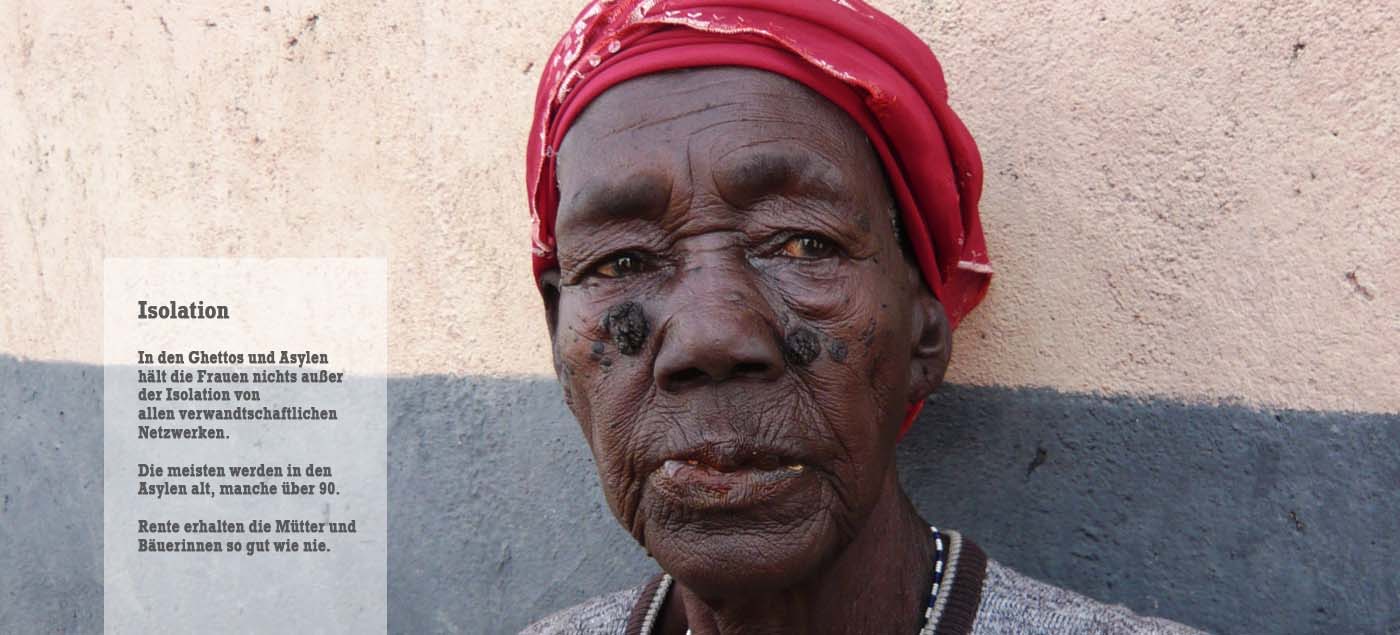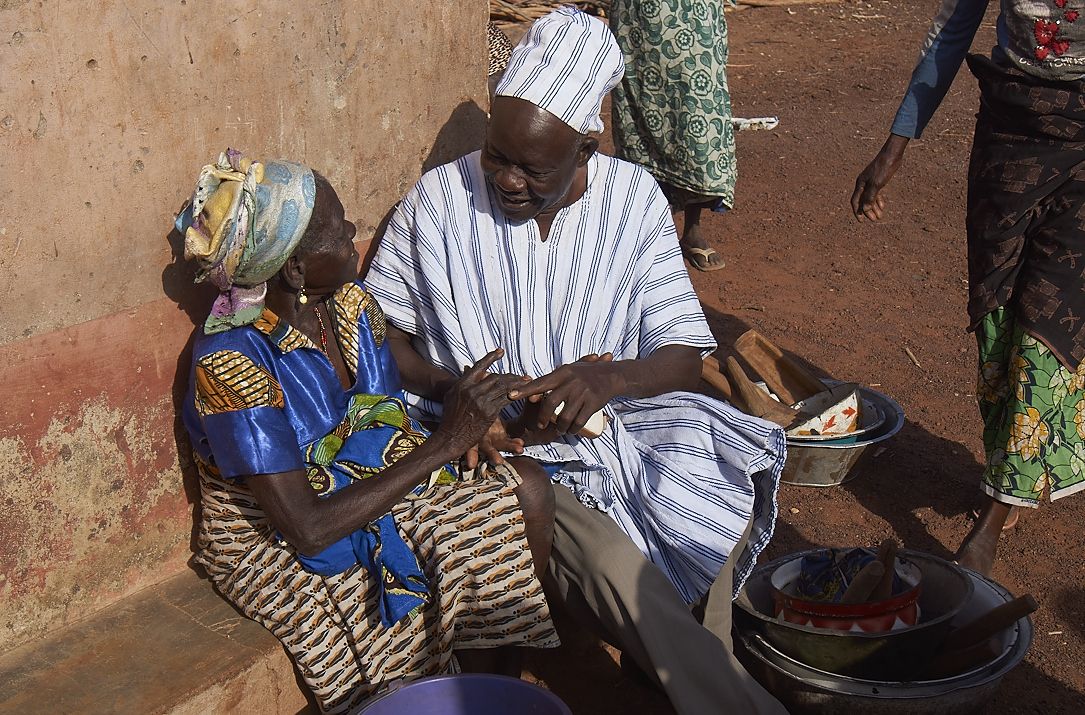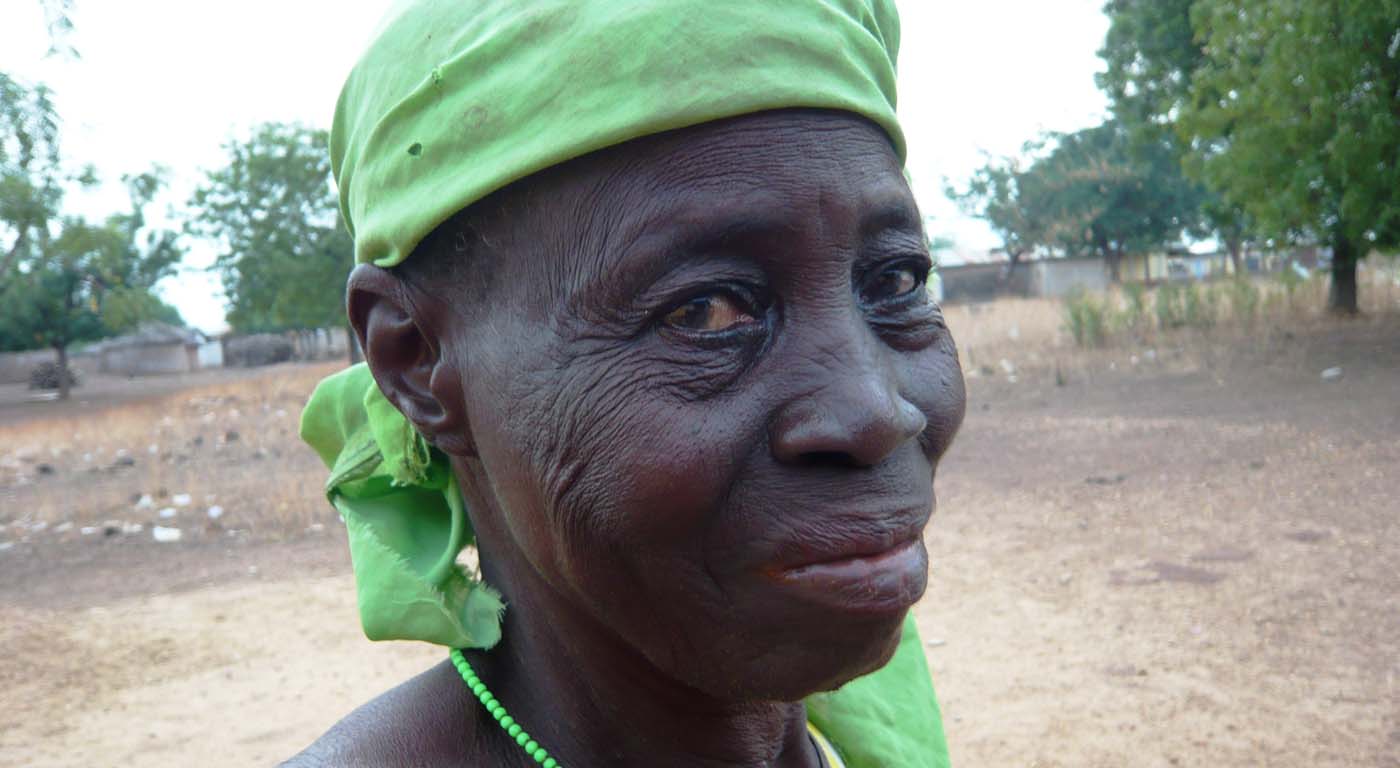The global Situation
Witch-hunts are a prevailing problem. In the past decades, witch-hunts might have reached an all-time high in sub-Saharan Africa with tenthousands killed and far more exiled or harrassed in other ways. The Witch-hunts of the past hundred years might outnumber the European witch-hunts of the Rennaissance (1500-1600 with about 50-120.000 victims). In the 19th century an estimated 200.000 people were killed in the course of a gigantic witch-hunt with poison-ordeals. Between 1980 and today, more than 20.000 elderly women were killed in Tanzania, and during the late Apartheid-era, more than 5000 people were killed by witch-hunters within the resistance movement. In the Democratic Republic of Kongo, several tenthousands of children are street-orphans due to witchcraft-accusations.
In many regions elderly people and most often women are accused, in other places the primary victims are children or men. They are blamed to cause death, sickness, accidents, mishap, unemployment or poverty through spiritual means. Witches and Sorcerers are feared as enemies from within the family or neighbourhood.
In general, most people in sub-Saharan Africa believe in malevolent spirits and witches, as is the case with most other parts of the world. Witchcraft-beliefs permeate all religions: Traditionalists, the Islams and the manifold Christianities.
The interesting question is, why there are not far more people accused and why there are vast regions that remain free from witch-hunts while a strong belief in witchcraft is present. A sceptical and peaceful belief in witchcraft clearly exists. Witchcraft-notions not necessarily lead to physical violence in all areas.
Ghana
In Ghana, most people believe in witchcraft irrespective of faith or education, but only clusters of villages and communities execute violence against accused individuals. In other communities, almost all people had been accused and accused another person themselves without resorting to violence.
The majority of the victims are female. Men are equally feared as black-magicians and powerful witches – but they have more means to run away or defend themselves within social networks and many manage to claim status from being “benevolent” witches, keeping evil witches at bay.
In Northern Ghana, eight ghettoes provide shelter for around 1200 witch-hunt victims. In Kukuo many women reported the accusations setting in once their hair turned grey – the witchcraft-power is believed to reside in the hair. In Gushiegu, Nabule and Kpatinga, most women belong to the tribe of the Konkomba. Most were accused under the pretext of a dream: They would have hunted the later accuser in the spirit world. Most people strongly belief in the truth of such dreams. Once the accusation is public, exile is compulsory. The stigma is strong and will draw further accusations or assaults in the bush. Some refugees were also afraid of reprisal-assaults with black magic against their children by the accuser, if they would not leave the compound.
More than half of the Victims at Gushiegu suffered physical violence – lynchings, beatings, whipping with thorns, whips and sticks.
Earth-shrines and other shrines offer ordeals to detect witchcraft. In Gambaga, Tindang, Kpatinga and Kukuo, the earth-priests sacrifice a chicken. They throw the deadly wounded chicken away and the position of its death tells the verdict of the gods. But most earth-priests are not actively engaged in witch-hunting – most people were accused before they visit a shrine to seek deliverance from witch-spirits or to be cleared of the suspicion. Ordeals do allow for verdicts of acquittal. Nonetheless, the stigma back home is stronger and most people stay exiled after visiting a shrine.
Literature
The literature on modern witch-hunts is vast, the following academic treatises might offer insights to the professional:
Behringer, Wolfgang 2004: Witches and Witch-hunts. A global History. Cambridge: Polity Press.
Riedel, Felix 2012b: Children in African Witch-hunts. An Introduction for Scientists and Social Workers. Hg. von Witchcraft and Human Rights Network.
Via: http://www.whrin.org/wp-content/uploads/2012/12/childreninafricanwitchhuntsfinalversion-1-Felix-Riedel-2.pdf [1.12.2013].
Riedel, Felix 2010: Somatisierte Geister. Über Leckagen und medial vermittelte Krankheitskonzepte im ghanaischen Film. In: Internationale Zeitschrift für Philosophie und Psychosomatik 1/2010: „Religion und Religiosität“. Eds. Wolfgang Eirund and Joachim Heil.
Via http://www.izpp.de/fileadmin/user_upload/Ausgabe-1-2010/04_1-2010_TS-Riedel.pdf [1.3.2012]
Riedel, Felix 2008: Die modernen Hexenjagden im subsaharischen Afrika. Darstellung und Vergleich mit dem Antisemitismus aus der Perspektive der Kritischen Theorie. Göttingen: Sierke Verlag.
For Northern Ghana
Two journalists have written excellent books about the ghettoes for witch-hunt victims:
Haase-Hindenberg, Gerhard 2009: Die Hexe von Gushiegu. Wie afrikanischer Geisterglaube das Leben der Asara Azindu zerstörte. München: Wilhelm Heyne Verlag.
Palmer, Karen 2010: Spellbound. Inside West Africa’s Witch Camps. New York: Free Press.
This post is also available in: German




